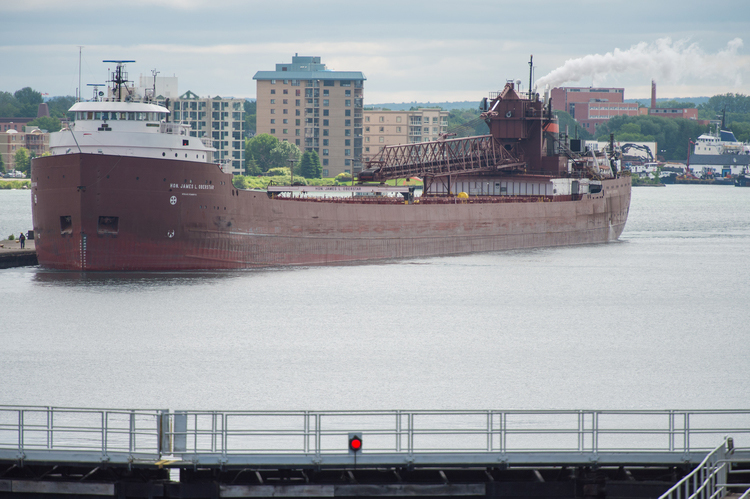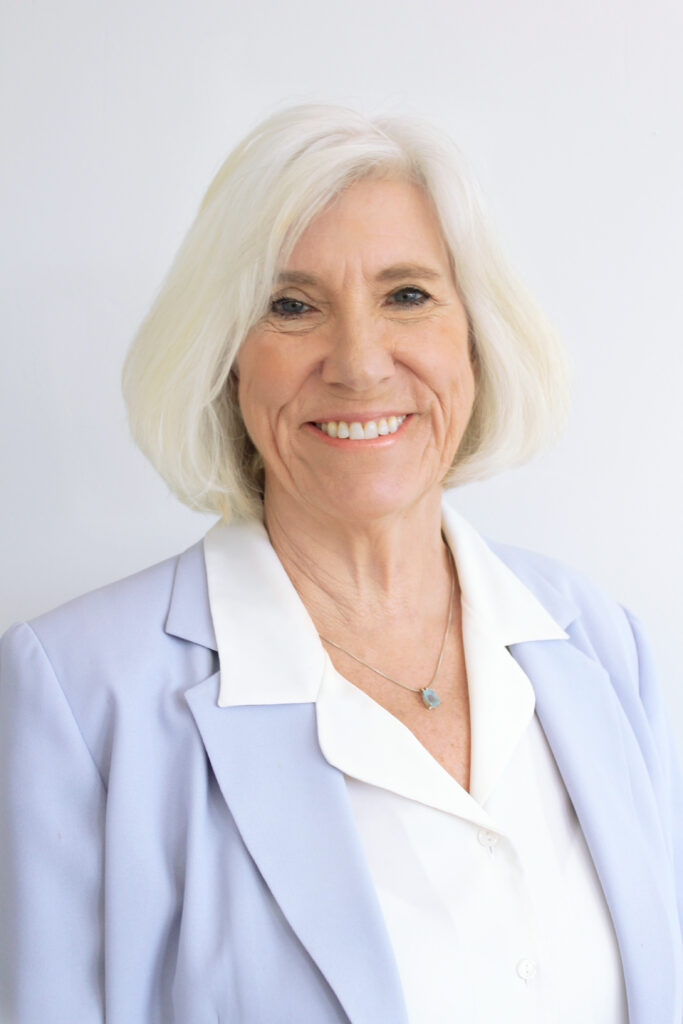Joan is an international authority on water microbiology, water quality, and public health safety. She is the Homer Nowlin Chair in Water Research and the Director of the Water Alliance.
Joan named 2016 Stockholm Water Prize Laureate
Michigan State University professor Joan Rose is the 2016 recipient of the Stockholm Water Prize, announced today at the United Nation’s World Water Day celebration in Geneva. The Stockholm Water Prize is the world’s most-prestigious water award.
Joan is being recognized for her research on microbial risk to human health in water, her successful translation of the science to policy makers, and for her leadership in developing the tools and guidelines required to give policy and regulatory life to the science.
“This prize is known the world over and brings so much attention to water issues, and I am so very honored to join the previous accomplished winners,” Rose said. “With this honor comes an opportunity to speak about some of the most difficult problems of our century and water quality is one of those. Water is at the core of sustainability, and water quality affects the bio health of our planet, with humans, animals and plants equally impacted. It also affects our food security, our economic opportunities and our well-being.”
Joan named honorary citizen of Singapore
Joan has been named an honorary citizen of Singapore for her significant contributions in developing a safe and sustainable water system in the island nation.
For the last 14 years, Joan has worked with researchers and government officials in Singapore to help build the country’s water infrastructure and monitor water quality.
“I am honored and delighted to receive this prominent national award,” she said. “I feel extremely fortunate to have played a small part in helping Singapore shape the way the world understands water.
“As a microbiologist, I believe that the provision of safe drinking water is the basic building block of a healthy and successful society, and I have been very impressed with how Singapore has evolved from a small island struggling with water challenges into a model for sustainable water management through relentless pursuit of research and development,” she said.
The award is the highest form of recognition bestowed by the Singapore Government for outstanding contributions by individuals to the country’s growth and development. It is awarded to those who have made a significant impact in the areas of business, science and technology, information communications, education, health, arts and culture, sports, tourism, community services or security.

Great Lakes’ viral invaders

Viral invasions would make for a good plot in the next Spielberg blockbuster, but according to Michigan State University water researchers, it’s not a Hollywood fantasy. In fact, millions of tiny, dangerous microbes have been attacking native species in the Great Lakes for decades.
“Now that we have the technology to detect a wide range of viruses, we can determine the potential risks of transporting a virome in ballast water.” – Joan Rose
These pathogens are hitching rides in ballast water – the water in the hulls of large ships that help stabilize them when on the move – which is then released into new environments when the ships dock at their destinations, according to Joan Rose, Homer Nowlin Endowed Chair in Water Research at MSU.
Septic tanks aren’t keeping human sewage out of rivers and lakes
The notion that septic tanks prevent fecal bacteria from seeping into rivers and lakes simply doesn’t hold water, says a new Michigan State University study.
Water expert Joan Rose and her team of water detectives have discovered freshwater contamination stemming from septic systems. Appearing in the Proceedings of the National Academy of Sciences, the study is the largest watershed study of its kind to date, and provides a basis for evaluating water quality and health implications and the impact of septic systems on watersheds.
“All along, we have presumed that on-site wastewater disposal systems, such as septic tanks, were working,” said Rose, Homer Nowlin Endowed Chair in Water Research. “But in this study, sample after sample, bacterial concentrations were highest where there were higher numbers of septic systems in the watershed area.”
